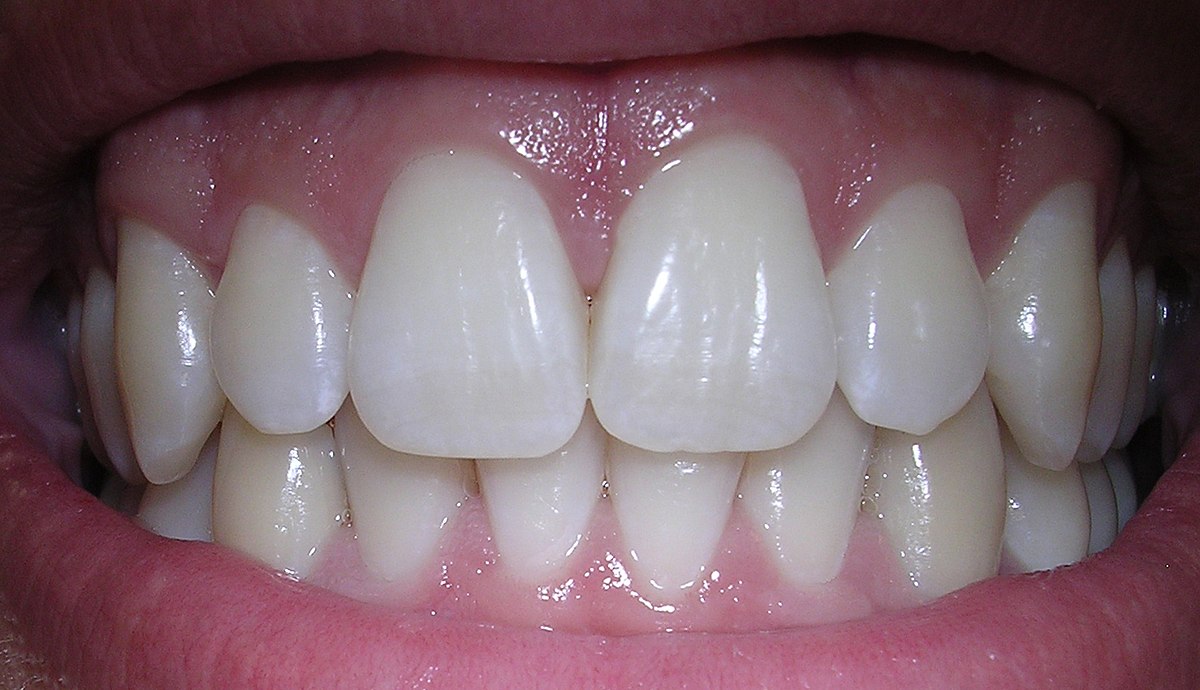Originally designed for parachuters aviators, the jumpsuit became a clear choice for wartime chores. It took a while, though ‘women began working in factories from the onset of the war but it wasn’t until 1915 they were allowed to wear jumpsuits. Then, women wore them because they were doing dangerous work but many of them would have rather been wearing dresses and feeling more feminine.
Below is How Jumpsuits Evolved and what it Symbolizes
Jumpsuits Symbolizing Power and Freedom

There is no shortage of jumpsuits in the history of music culture. All-in-ones were the go-to for studio 54 regulars Diana Ross, Liza Minelli and Bianca Jagger; at 73 Cher is still a fan, belting out Abba’s waterloo on a recent episode of America’s Got talent in head-to-toe purple. You fee a powerful sense of liberation wearing an all-in-one, a sense of safety that comes from knowing the wind won-t flip your hemline and flash your knickers for a laugh. You can literally do anything in a jumpsuits; fix a car, climb a tree, straddle a bench at a communal dining table with aplomb. A jumpsuit provides a freedom of movement not associated with any other item of clothing and the connotations of female empowerment, autonomy over our lives, careers and bodies, paired with an enduring love of utility style is a powerful one.
Jumpsuits are Garments of the Future

That’s certainly what visual artists Maura Brewer and Abigail Glaum-Lathbury, founders of the counter-fashion collective Rational Dress society, have in mind when they posit the jumpsuit as the garment of the future during lectures and events. Together they have produced jumpsuit, an ‘open source, ungendered monogarment to replace all clothes in perpetuity. From the beginning, the jumpsuit was a sign of aviation, spaceships, and the promise of a more streamlined rational future. Then, jumpsuit is a cover-all- a garment that suggests hard work, no-nonsense efficiency.

Jumpsuits appear again on spring/summer 2020 catwalks. Both Henry Holland and Roksanda showed pink editions that blended sleekly utilitarian silhouettes with a colour redolent of play and frivolities. When it comes to jumpsuits , follow your body type, whilst jumpsuits have a powerful draw, they can be tricky to fit. Hence, don’t be afraid to make alterations. Belt a jumpsuit for a more pulled-together look or embrace the roominess of the boiler suit Wear them with brogues or heels, up-dos or earrings. It’s all possible. All women are pairing down their wardrobes, and the jumpsuit fits in that.











































